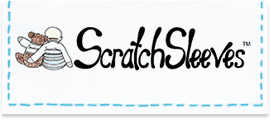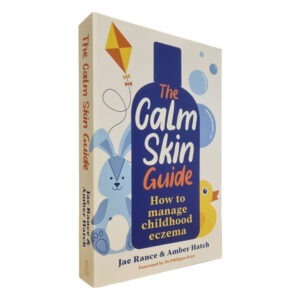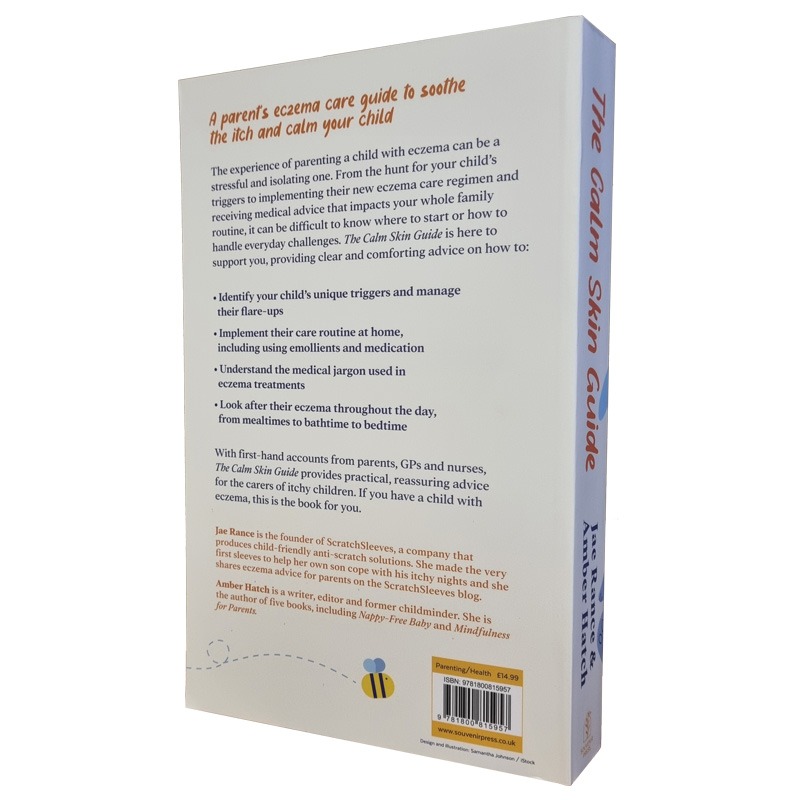A beginner’s guide to dairy-free cooking for eczema babies and kids

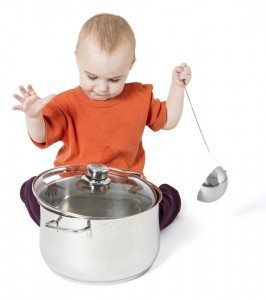

Dairy allergies are a common trigger for eczema in babies, children and adults. In some cases, eczema can be largely controlled by avoiding milk. Allergic reactions, including eczema and asthma, are associated with milk proteins rather than the lactose content (which can cause digestive problems, known as dairy intolerance).
Some eczema children are able to use goat’s milk due to the different proportions of the proteins. Others are allergic to both cow and goat milk, so it’s worthwhile excluding all dairy products in the first instance. Cutting milk out can seem daunting. Hopefully, our beginner’s guide to dairy-free cooking will show that, with a bit of home cooking and careful shopping, it’s not that hard. And it can make such a difference to your child’s eczema.
An introduction to dairy-free substitutes
Milk. There are a number of non-dairy alternatives to milk readily available in supermarkets and health-food shops. The best known is soya milk but there are also almond, oat, hemp, coconut and sunflower based ‘milks’ available. Both soya and almond milks are available as fortified infant and follow-on formulas. The flavours of these milk substitutes vary hugely. Even different brands of the same milk substitute can taste incredibly different, so it’s worth experimenting. Milk substitutes are less versatile than their dairy equivalent, so you may find that using a combination of milk works better for you. While rice milks are available there are concerns about the levels of arsenic occurring in rice milk. Current government advice is that it should not be given to under-5s.
Desserts. Yoghurts, custards and ice-creams make up a big proportion of a typical child’s dessert menu. There are a number of soya alternatives available. Our favourites are the Swedish Glace Desserts (a fake ice-cream, the chocolate one is really good) and fruit ‘yoghurts’.
Margarine and spreads. Milk products, especially whey, find their way into most soft margarine and spreads but there are milk-free brands. The most commonly available brand to look out for is Pure. For baking, you can’t beat an old-fashioned hard margarine block like Stock. Just remember to get it out of the fridge to soften if you are going to be mixing by hand.
Cheese alternatives. There are a number of potato and soya-based cheese alternatives available from health-food shops. However they can be an acquired taste and don’t behave much like real cheese in cooking. These are are probably best avoided to start with.
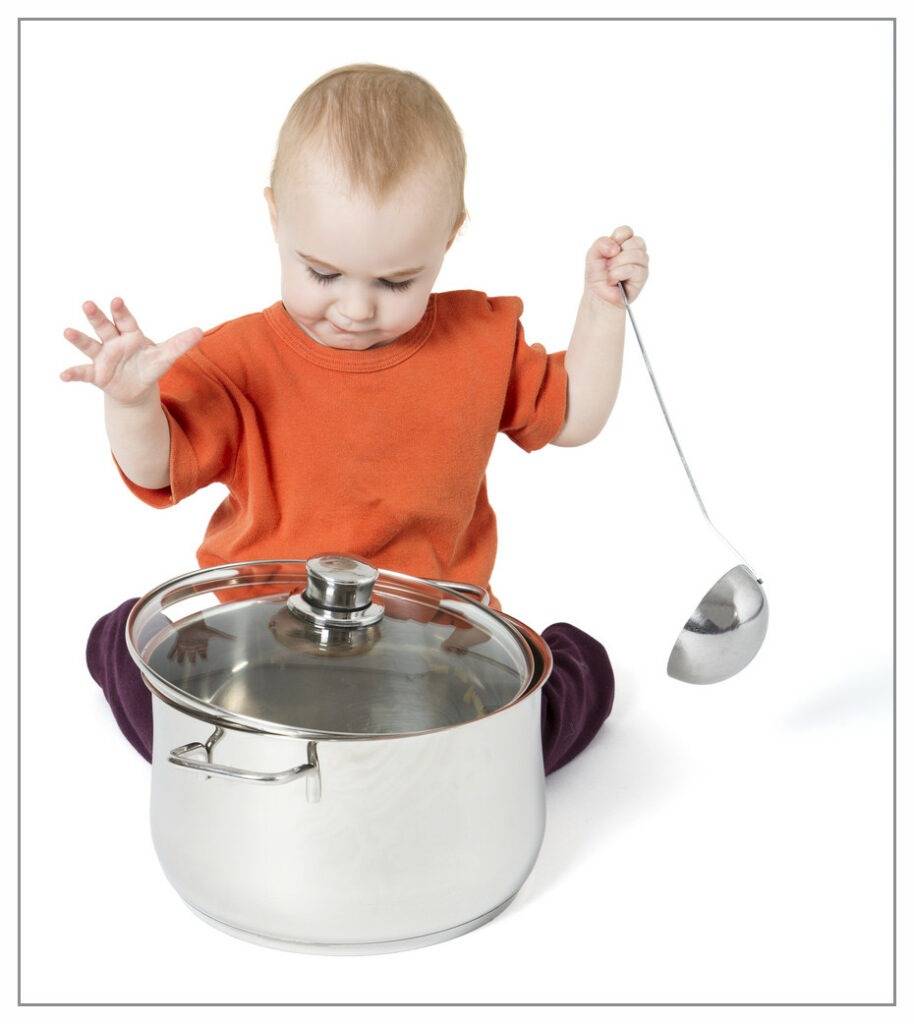
Fussy eaters beware: Substitutes often don’t taste much like their milk-based equivalents. They aren’t unpleasant, just not quite what you are expecting. Desserts often have quite a custardy or blancmange-like flavour. Little ones will take their cue from you, so if you are introducing your child to dairy-free alternatives, try them yourself first so you know what taste they are experiencing and make sure that they aren’t looking, just in case you make a face. If they are already familiar with yoghurts, calling the dairy-free version a new pudding rather than ‘yoghurt’ will avoid confusion as they won’t have an expectation of taste.
Dairy-free shopping
While the ‘free-from’ ranges are an easy place to start, it’s worthwhile checking the ingredients of any family favourites as there are plenty of dairy-free products in the main aisles as well. At the time of writing, both Jammy Dodgers and Bourbon Creams were dairy-free. But do check the ingredients as recipes change remarkably frequently.
Top tip: If you order your groceries online, most supermarket websites allow you to filter their search results by allergen.
Milk products can also be used in all sorts of items including sausages (especially the cheaper ones), the coatings of fish fingers, smoothie type drinks and breads as well as the more obvious biscuits and pastries. It really is a case of religiously reading the labels.
Understanding food allergy labelling
In the UK and EU, information on the common allergens, including egg, must be available for packaged and prepared food by law. If a product contains any of the main 14 allergens as either an ingredient or processing aid (for example, egg shells can be used to clarify soups), it must be highlighted in bold or italic on the label. There are a number of milk based ingredients with slightly obscure names. However, these should be clearly referenced, for example: Caseinates (Milk). Similar rules now exist in most other developed countries. Although the number of allergens that must be disclosed does vary between countries, milk is included in all of these rules.
If a product has been produced in an environment that may result in allergen cross-contamination, the label should include either: ‘may contain… ‘ or ‘not suitable for someone with … allergy. The legislation states that this precautionary labelling should only be used if there is a genuine risk of allergen cross-contamination.
In the UK, ‘free-from’ branding is also tightly controlled. It can only be used if the product can be shown to be completely free of the particular allergen. This includes checking that all ingredients and packing materials do not contain this allergen and that cross-contamination from other foods made on the same site is prevented. There is one exception to this rule: gluten-free labelled products can contain a maximum 20mg/kg of gluten.
Dairy-free meal guide
Breakfasts
A number of regular baby cereals are dairy-free, but instant oat cereals like Ready Brek made with hot water make for a cheaper option. Watch out for the salt content in some brands. Weetabix with a non-dairy ‘milk’ is also good. Be careful with luxury mueslis like Alpen as they often have dried milk in them. Don’t forget the traditional toast and jam.
Savoury
For main meals, we’ve found it best to stick to things that just don’t have milk products in. Shepherd’s Pie (we use dairy-free margarine and some of the cooking water in mashed potato), roasts (see our dairy-free Yorkshire pudding recipe), pasta with tomato-based or white sauces, homemade soups, baked fish, risottos (leave out the cream and cheese), scrambled eggs (just leave out or substitute the milk) and baked beans are all popular in our house. Slightly surprisingly, our kids love mild Thai curries which use coconut milk to get the creamy texture. Just pop the curry and noodles in the blender for toddler meals.
Sweet
There are a number of 100% fruit puddings in the standard baby and toddler food ranges. For older children (and more variety) soya yoghurts, jellies, fruit crumbles (we use hard margarine like Stork in the topping) and old-fashioned steam sponge puddings. Soya custard and ice-creams make great accompaniments. You can make a great chocolate fondue/sauce made with dark chocolate, golden syrup and soya cream. Messy but a lot of fun!
Snacks
There are plenty of dairy-free snacks about: fresh and dried fruit, potato and corn crisps and snacks, breadsticks, rice cakes. There are also dairy-free biscuits and cereal bars in most free-from aisles. It’s also worthwhile checking the ingredients of any family favourites as there are dairy-free biscuits in the regular biscuit aisle. Our yummy applesauce muffins are great fun to make with little ones.
Filling the nutritional gap
Dairy products are a valuable source of protein, calcium, Vitamin D, B vitamins, zinc and iodine. Unfortunately, dairy substitutes don’t completely fill the nutritional gap left in a dairy-free diet. This means that you’ve going to need to make sure that your child’s diet has enough of the missing vitamins and minerals. If your child has had milk allergy medically diagnosed, you should have been offered an appointment with a paediatric dietitian. They will be able to help you understand the dietary implications of eating without milk. If not, the following list should give you a useful starting point.
- Protein can be easily replaced with extra pulses, meat, fish or eggs.
- Calcium is important for bone health but also supports the skin’s natural acidity, allowing it to protect against infections and allergens such as house dust mites. The recommended daily intake of calcium for children under the age of 5 is 350-450 mg, although children with eczema are likely to benefit from higher levels. Non-dairy foods containing high levels of calcium include tofu, fortified milk substitutes, salmon, green soybeans, oatmeal, sweet potatoes, green beans, and celery.
- Vitamin D helps with calcium absorption, but is also important for eczema sufferers as it modulates the immune system and helps to support a strong skin barrier. Vitamin D levels are known to be low in high latitude populations, including the UK where the government recommends daily supplementation in the under 4s. Salmon, eggs and some fortified breakfast cereals are great non-dairy sources.
- Vitamin B12 is needed to form red blood cells and DNA. It is also a key player in the function and development of brain and nerve cells. B12 is only found in animal food sources: meat, fish and especially eggs are alternative sources. Other B vitamins are found in fortified breakfast cereals.
- Zinc plays a central role in skin integrity by both supporting the skin barrier and modulating the immune system, both of which are important for eczema sufferers. Foods high in zinc include red meat, oats, pulses (especially chickpeas and black beans) and fortified breakfast cereals.
- Iodine is now recognised as a nutrient of concern for many people, particularly women of childbearing age and teenagers. Iodine really matters because deficiency is linked to lower intelligence in children. Non-dairy sources include eggs and seafood, particularly white fish. For people who cannot (or will not) eat these alternatives it can be hard to meet the recommended iodine intake, in which case supplements may be necessary.
While this list can seem a bit scary, a varied diet including fish (for protein, calcium, Vitamins D and B12, and iodine), pulses (for protein and zinc), eggs (for protein, Vitamins D and B12), fortified breakfast cereals (for B vitamins and zinc) as well as plenty of fruit and vegetables is really all that is needed. If you’re worried about your child’s nutrition, consult a paediatric dietitian and use a fortified follow-on milk while you are waiting for the appointment.
See our Recipes section for tried and tested child-friendly and dairy-free recipes.
Here at ScratchSleeves, we don’t just share our experiences of bringing up an eczema child and favourite allergy-friendly recipes, we also manufacture and sell our unique stay-on scratch mitts and PJs for itchy babies, toddlers, teenagers and adults. We now stock sizes from 0-adult years in a range of colours. Visit our webshop for more information.
The Calm Skin Guide
Love our blog? It's also available in book format with:
- First hand accounts from parents & medical professionals
- Easy navigation
- Comprehensive index
- Additional material
Signed copies available at no extra cost
Written by:
Interesting article? Don't keep it to yourself...
Read next...
You may also find helpful...
Quick buy


Multi Buy Discount

Spend between £30 - £60 and save 5%
Spend between £60 - £120 and save 10%
Spend over £120 and save 15%
Discount automatically applied at checkout
No Quibbles Guarantee
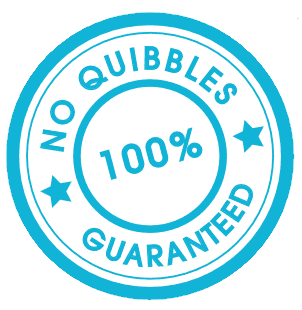
ScratchSleeves abide by a no quibbles guarantee.
Free UK Postage

Free packing and postage on all UK orders. For overseas orders to Europe postage is from £3.50, to USA is £6.50 and to the rest of the world, from £3.75.

